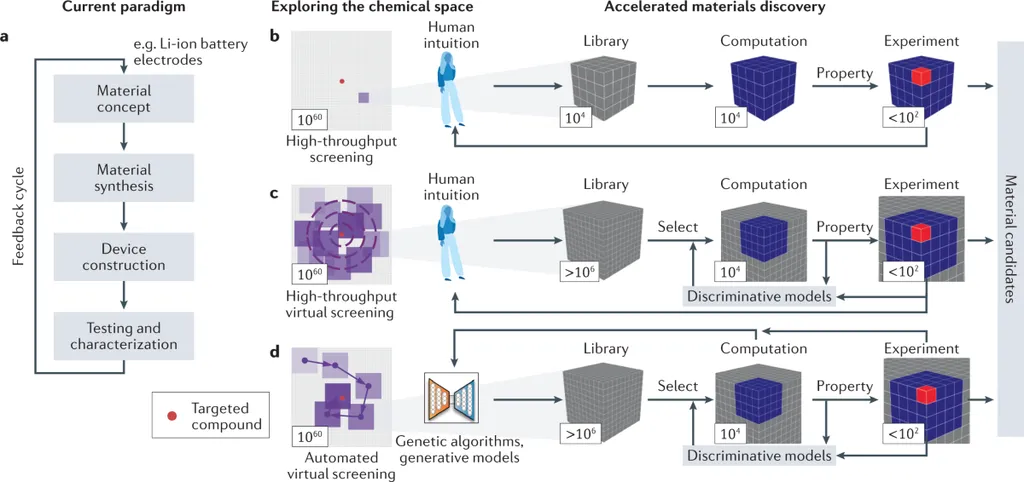In the rapidly evolving energy sector, the integration of renewable energy sources is accelerating, bringing with it the need for innovative solutions to manage power system stability and energy management. A recent study published in the journal *Energies*, titled “Modeling of Battery Storage of Photovoltaic Power Plants Using Machine Learning Methods,” offers a compelling look into how machine learning can optimize battery energy storage systems (BESSs) in photovoltaic (PV) power plants. Led by Rad Stanev from the Department of Electrical Power Engineering at the Technical University of Sofia, the research presents a methodology for developing and evaluating 11 different BESS models using various machine learning techniques.
The study underscores the growing necessity for distributed BESSs to support power system stability, energy management, and control as variable renewable energy sources (RESs) become more prevalent. Stanev and his team tested the performance of these models using real-life BESS data, providing a comparative evaluation that highlights the strengths and weaknesses of each approach. “The main objective was to propose hyperparameter optimization for the included models, research the optimal training period for the available data, and find the best model from the ones included in the study,” Stanev explained.
The research compares the results of feedforward neural networks (FNNs), a homogeneous ensemble of FNNs, multiple linear regression, multiple linear regression with polynomial features, decision-tree-based models like XGBoost, CatBoost, and LightGBM, and heterogeneous ensembles of decision tree modes. A Bayesian hyperparameter search was proposed and implemented for all the included models, ensuring that each model was optimized for performance.
Among the key findings, the heterogeneous ensemble model with three decision trees and linear regression as the main model achieved the highest average R² of 0.792 and the second-best normalized root mean square error (nRMSE) of 0.669% using a 30-day training period. CatBoost provided the best results, with an nRMSE of 0.662% for a 30-day training period, and offered competitive results for R²—0.772. “This study underscores the significance of model selection and training period optimization for improving battery performance forecasting in energy management systems,” Stanev noted.
The trained models or pipelines in this study could potentially serve as a foundation for transfer learning in future studies, offering a valuable resource for researchers and industry professionals alike. As the energy sector continues to evolve, the insights gained from this research could shape future developments in battery energy storage and renewable energy integration.
The study’s findings are particularly relevant for the energy sector, as they highlight the potential of machine learning to enhance the efficiency and reliability of BESSs in PV power plants. By optimizing model selection and training periods, energy companies can improve their energy management systems, leading to more stable and sustainable power grids. As Stanev’s research demonstrates, the future of energy storage lies in the intersection of advanced machine learning techniques and real-world data, paving the way for innovative solutions that can meet the demands of a rapidly changing energy landscape.

